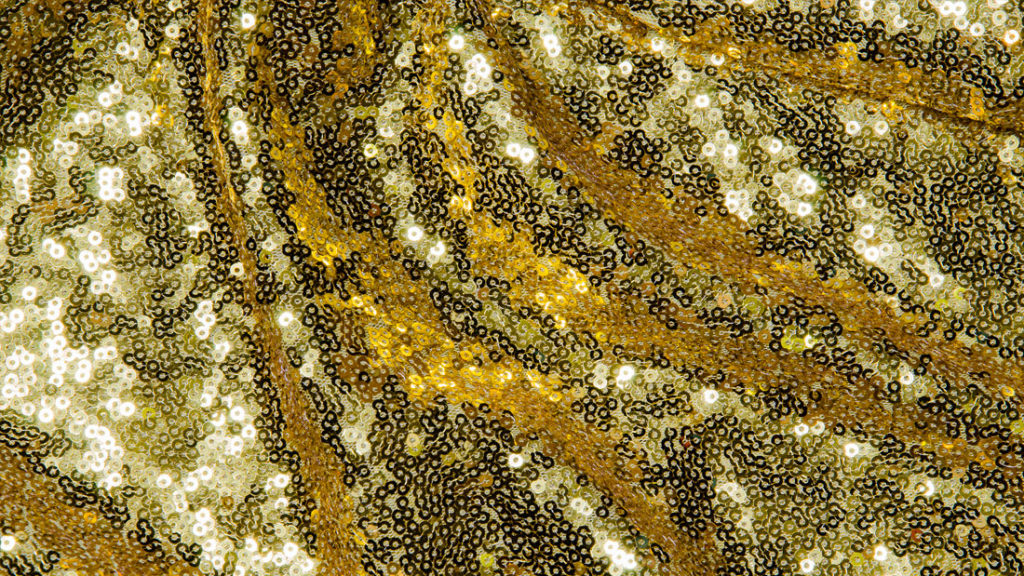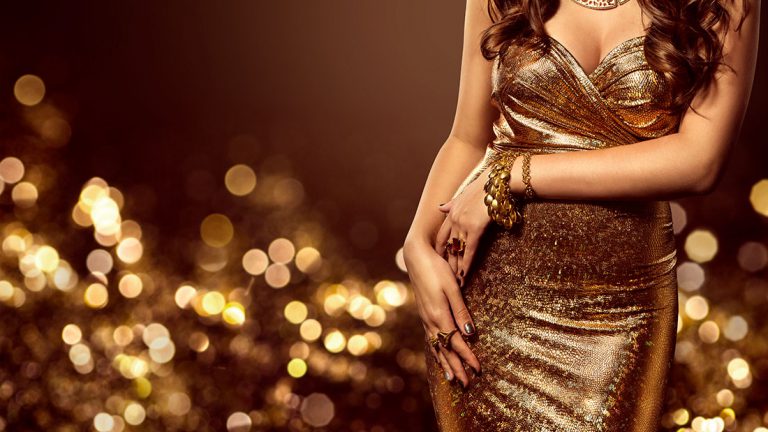IT’S HARD TO SAY WHETHER DESIGN OR TEXTILE COMES FIRST.
IT’S A MARRIAGE OF THE TWO.
In the world of haute couture, not everything is made, but much is invented.
There are materials on the market, pre-embroidery, some designers buy yards, cut patterns, close seams and “Voilà!”
The elaboration by hand, the embroidery to complement the designs is less and less laborious although it continues being a technique of high sewing thanks to the technology and textile industry that every time presents greater possibilities and functionalities. Undoubtedly, in the last few seasons, intelligent textiles and those made of fabrics with state-of-the-art technology are products with a high added value.
The thing is that not everyone have access to the magical world of the luxurious textiles innovators companies.
Some fashion designers work with suppliers to develop textiles and might vary, but the synergy is mutually beneficial. Designers works closely with a team of artisans and embroiders to develop textile swatches and tweak the elements as they go forward.
Textiles are also the result of impeccable know-how. They are crucial because, for clients, it’s not just about the exclusivity of a dress, but also exclusivity of the different techniques that go into each design, this is what makes haute couture, well, haute couture.”
Yet it’s not only the couturiers who are investing in textile developments. Ready-to-wear houses are also collaborating with textile innovators for creativity and sustainable causes.

Some designers, whom I admire for that ability to carry through the fabric, sequins, beads, much mesh and tulle their divine designs of simple cuts to the extravagance of a piece of art. Make it look as if the fabric did “almost” everything but each one took many hours of work and the label does the rest. Perfectly could some piece of these designers in 20 years be a very important Vintage without a doubt.

